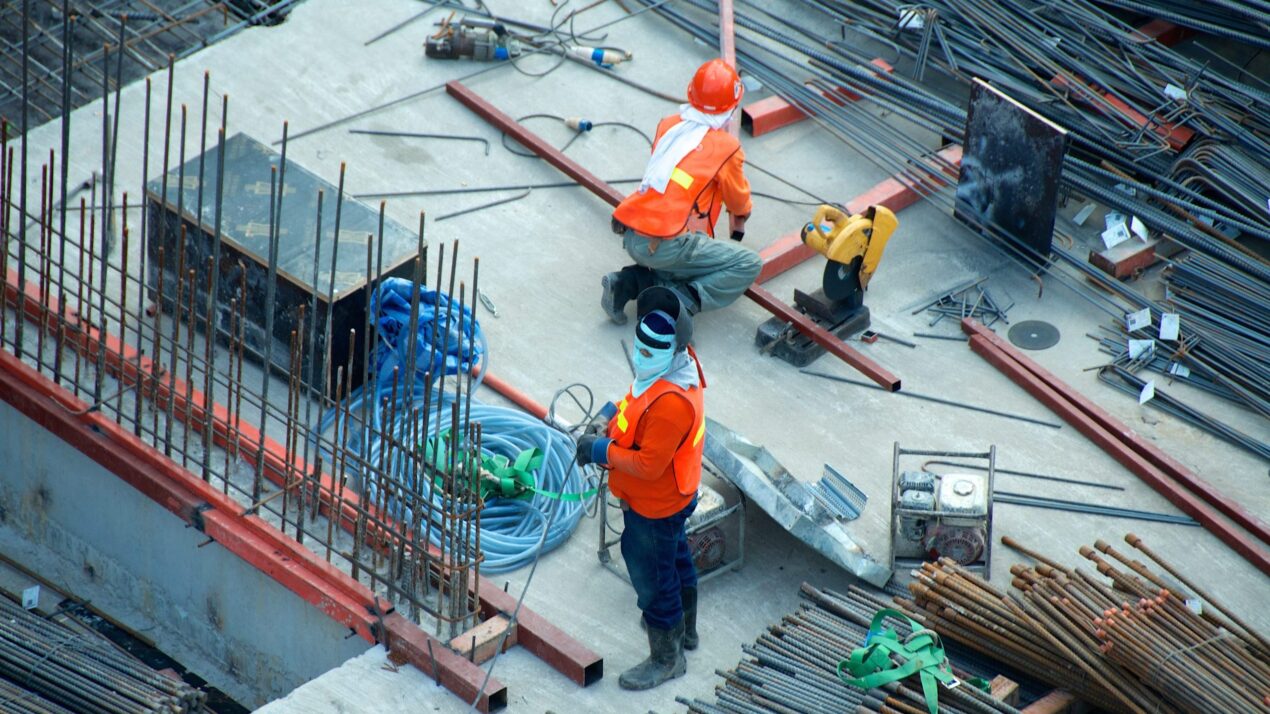
Policy Solution
Building operator training
Workforce Development

Case Studies
Summary
Installing energy efficient building interventions reduces the urban heat island effect, however, there might not be a skilled workforce available to install and maintain these updates. Governments can create training programs to grow a workforce of operators and maintenance staff that can work on the installation and preventative maintenance of cooling infrastructure.
Implementation
Design and implement training courses focused on appliance efficiency, building envelope improvements, emergency management, and more.
Considerations for Use
Consider partnering with an academic institution and employers.
Overview
Climate:
Cold, Hot/Dry, Hot/Humid, TemperatePolicy Levers:
Workforce DevelopmentPrograms and investments that grow a workforce and support skill growth, training, and education.Trigger Points:
City planning processesIncludes city initiatives such as the development of climate action plan, pathway to zero-energy, master plan, transit plan, energy mapping etc.Intervention Types:
Buildings and Built FormSectors:
Buildings, Public Works
Case Studies
Impact
Target Beneficiaries:
Heat-vulnerable communities, ResidentsPhase of Impact:
Risk reduction and mitigationMetrics:
Number of workers trained
Implementation
Intervention Scale:
CityAuthority and Governance:
City government, State/provincial governmentImplementation Timeline:
Medium-term (3-9 Years)Implementation Stakeholders:
City government, Industry, State/provincial governmentFunding Sources:
Public investmentCapacity to Act:
HighBenefits
Cost-Benefit:
MediumPublic Good:
HighGHG Reduction:
N/ACo-benefits (Climate/Environmental):
N/ACo-benefits (Social/Economic):
Create jobs
